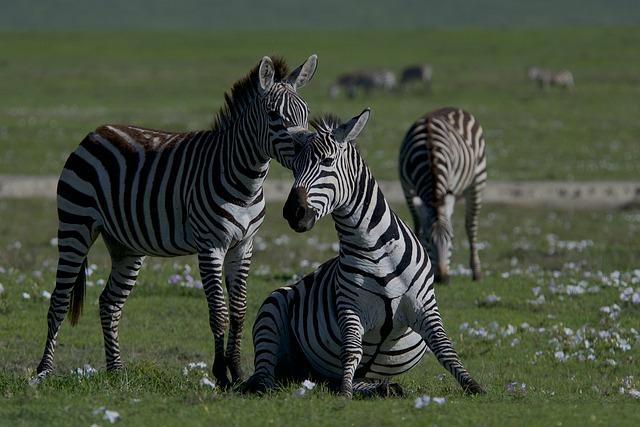Biodiversity plays a crucial role in maintaining the balance of ecosystems, and trees are a fundamental component in promoting and preserving this diversity. Trees not only provide a habitat for numerous species but also contribute significantly to the overall health of our environment. The importance of trees in biodiversity conservation is evident from their ability to slow down water flow, enhance soil absorption, and mitigate flooding risks[1]. Moreover, studies have shown that high levels of biodiversity in tree populations lead to more resilient and effective ecosystems that can better sustain the diversity of life forms[2].
When focusing on urban environments, the significance of trees in promoting biodiversity becomes even more pronounced. Urban forests, including street trees, parks, and woodlots, serve as critical habitats for various plants and animals, contributing to the overall biodiversity of city landscapes[3]. By exploring the interconnectedness between trees and biodiversity in both natural and urban settings, this article will shed light on the vital role that trees play in promoting and preserving biodiversity.
Planting native tree species has a multitude of benefits that extend far beyond simply adding greenery to the landscape. By choosing to plant trees that are native to a particular region, we can help create crucial habitats for wildlife that depend on these trees for food, shelter, and breeding grounds. This, in turn, helps to promote biodiversity and ensure that delicate ecosystems remain healthy and balanced.
Increasing genetic diversity through tree planting is another key advantage. Native tree species are adapted to thrive in specific environmental conditions, which helps to strengthen the overall resilience of the ecosystem. By planting a variety of native tree species, we can help combat the negative effects of climate change and other environmental stressors by ensuring that there is a diverse range of genetic material available to help trees adapt and survive.
| Benefits of Tree Planting | Details |
|---|---|
| Creating Habitat for Wildlife | Provides food, shelter, and breeding grounds |
| Increasing Genetic Diversity | Strengthens ecosystem resilience |
| Supporting Ecosystem Services | Improves air and water quality, mitigates climate change |
Q&A
Q: How do trees benefit biodiversity and promote wildlife habitat?
A: Trees play a crucial role in promoting biodiversity and supporting wildlife habitats in various ways. First and foremost, trees provide diverse habitats for a wide range of species, offering shelter, nesting sites, and food sources for animals and insects[2]. The presence of trees creates a contrast in the landscape, allowing different species to thrive in varied ecosystems[2]. This diversity in habitats is essential for supporting a wide array of plant and animal species, contributing to a healthy and balanced ecosystem.
Q: How can planting trees contribute to protecting endangered species and enhancing biodiversity?
A: Planting trees is an effective way to contribute to protecting endangered species and enhancing biodiversity. By increasing forest cover through reforestation projects, planting trees helps create and restore holistic ecosystems that are vital for the survival of various species[3]. Trees not only provide a habitat for wildlife but also serve as a food source and contribute to the overall health of ecosystems. Additionally, trees can help mitigate the impacts of climate change, which is crucial for safeguarding biodiversity in the face of environmental challenges[1].
Q: What challenges do trees face in promoting biodiversity in the context of climate change?
A: While trees are essential for promoting biodiversity, they also face challenges posed by climate change. Climate change can affect the distribution and abundance of tree species, impacting the diversity of habitats they provide for wildlife[1]. Extreme weather events, such as droughts and wildfires, can threaten the survival of trees and the species that rely on them. Additionally, changes in temperature and precipitation patterns can disrupt the delicate balance of ecosystems, potentially leading to a decrease in biodiversity. It is crucial to address these challenges and implement sustainable practices to ensure the continued role of trees in promoting biodiversity in the face of climate change[1].
Conclusion
In conclusion, trees play a crucial role in promoting biodiversity within ecosystems. While dense tree cover may limit biodiversity in grassy biomes as highlighted in a study[1], trees provide numerous benefits that contribute to sustainable and livable communities by enhancing health and social well-being[2]. Additionally, allowing forests to mature and grow old can significantly store carbon, helping in the fight against climate change[3]. It is evident that trees are not only essential for maintaining biodiversity but also for mitigating environmental challenges. As we continue to explore the interconnectedness between trees and biodiversity, it is essential to strike a balance that supports both ecosystem health and human well-being.
Simpsons Tree Services, Servicing Melbourne’s North Eastern Suburbs
Book a quote online at www.simpsonstrees.com.au




